Welcoming a new family member into your home is a joyous occasion. Whether it’s a newborn baby, a partner, or another pet, such changes can be both thrilling and challenging. For your cat, this change can be a bit unsettling. Cats are creatures of habit, and they thrive on routine. Introducing a new person or pet into their environment can disrupt this balance, leading to stress or anxiety. Understanding how to help your cat adjust to a new family member is crucial for a harmonious transition.
Understanding Your Cat’s Perspective
Cats perceive their world through a unique lens. They are territorial animals and any alteration in their environment can feel like a threat. When a new family member arrives, your cat may feel that their territory is being invaded. It’s vital to acknowledge these feelings and approach the situation with empathy. Imagine if someone suddenly moved into your bedroom without asking – it would be unsettling, wouldn’t it? This is how your cat might feel, and understanding this helps in addressing their concerns.
Creating a Safe Space for Your Cat

One of the first steps in helping your cat adjust is to ensure they have a safe space. This could be a quiet room or a cozy corner where they can retreat and feel secure. Fill this space with their favorite toys, a comfy bed, and maybe a scratching post. A familiar environment can provide comfort amidst the chaos of change. Think of it as giving them their own little sanctuary where they can escape when they need a break from the new dynamics.
Gradual Introductions Are Key
Introducing your cat to the new family member should be a gradual process. If it’s a baby, start by letting your cat sniff the baby’s blanket or clothing to get accustomed to their scent. For new pets, allow them to smell each other under a door before a face-to-face meeting. This slow introduction helps reduce the shock of change, making the transition smoother for your feline friend. Patience is essential during this phase, as rushing can lead to negative associations.
Maintaining a Routine
Cats thrive on routine, and maintaining their daily schedule is crucial during times of change. Keep feeding, playtime, and grooming sessions consistent to provide a sense of normalcy. If your cat knows that certain parts of their day remain unchanged, they are more likely to feel secure despite the new additions to the household. Routine acts like an anchor, helping your cat stay grounded in familiar waters.
Using Positive Reinforcement

Positive reinforcement can work wonders in easing your cat’s transition. Reward them with treats, affection, or playtime when they behave calmly around the new family member. This creates positive associations and encourages them to view the new presence as something beneficial rather than threatening. It’s a way of saying, “Hey, good things happen when this new person or pet is around!” Over time, this can significantly reduce anxiety and promote acceptance.
Recognizing Signs of Stress
Being attuned to your cat’s behavior is crucial during this period. Signs of stress can include excessive grooming, hiding, aggression, or changes in appetite. If you notice these behaviors, it’s important to address them promptly. Sometimes, simply spending more quality time with your cat can alleviate these symptoms. Your attention and reassurance can act as a calming balm for their frazzled nerves.
Allowing Time for Adjustment
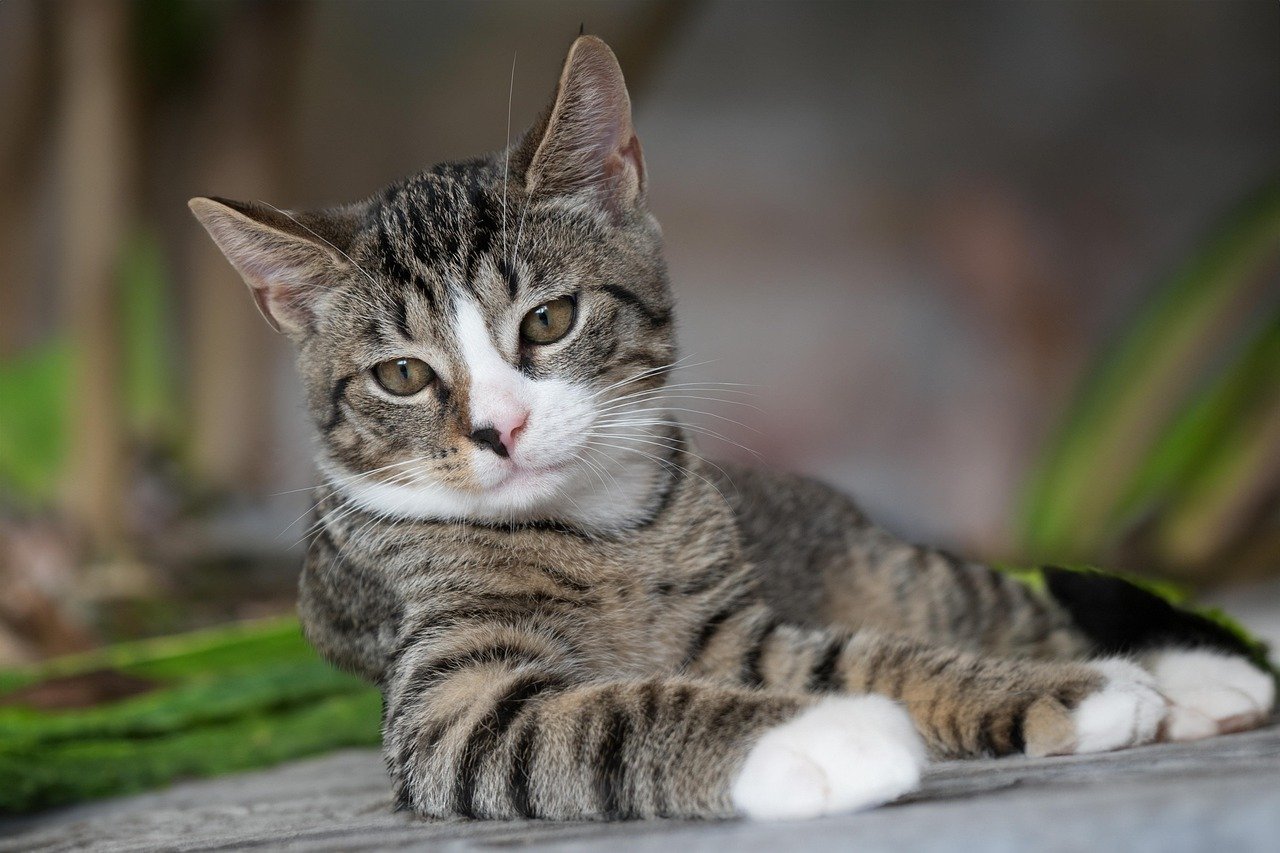
Every cat is different, and the time it takes for them to adjust can vary. Some cats might adapt quickly, while others may need weeks or even months. It’s important to be patient and allow your cat to set their own pace. Forcing them to accept new situations can backfire, leading to increased anxiety and resistance. Remember, slow and steady wins the race when it comes to helping your feline friend adjust.
Ensuring Equal Attention
In the excitement of a new family member, it’s easy to inadvertently neglect your cat. However, it’s crucial to ensure they continue receiving the attention they need. Regular playtime, cuddles, and reassurance can prevent feelings of jealousy or exclusion. Think of it as balancing the scales, ensuring your cat feels just as loved and valued as before the change.
Monitoring Interactions
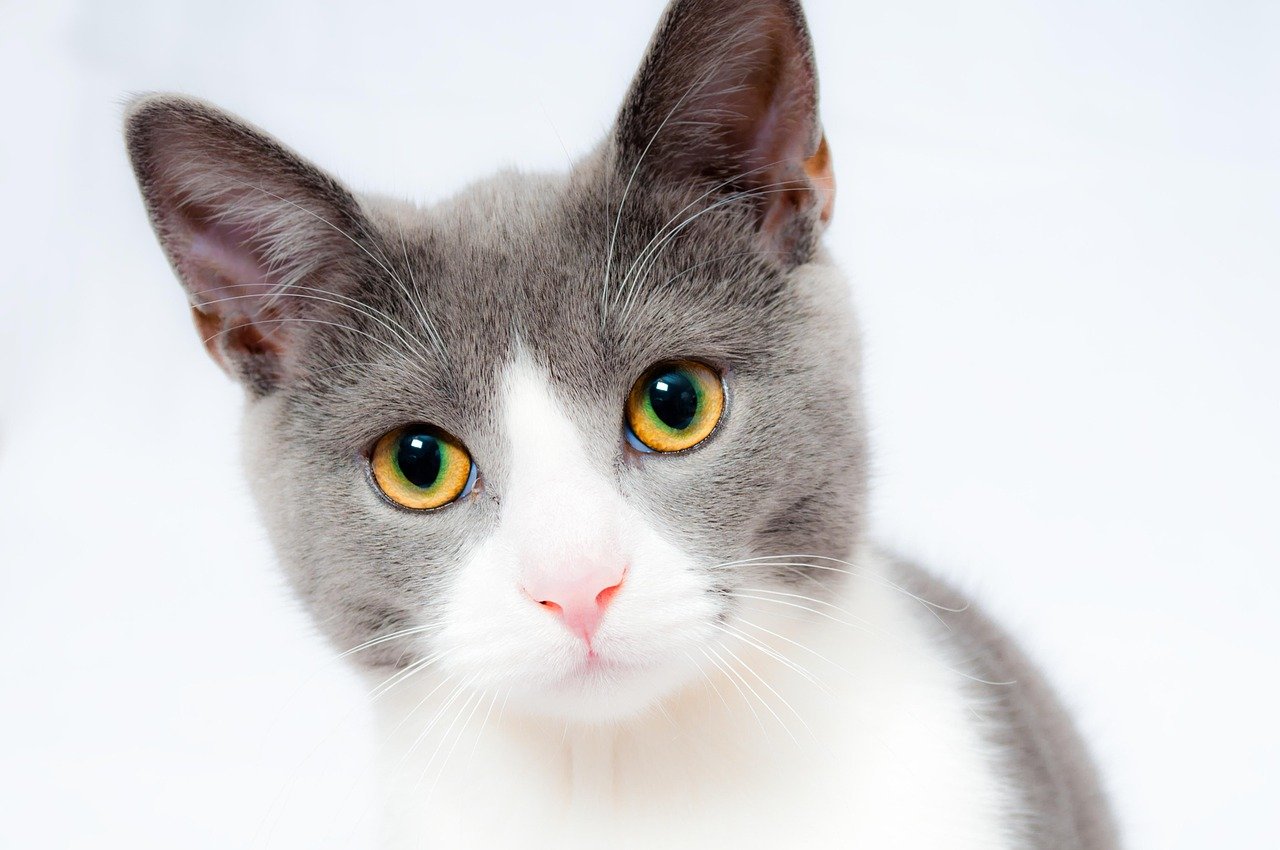
When the time comes for face-to-face interactions, it’s essential to monitor these encounters closely. Ensure that the new family member, whether human or animal, respects your cat’s boundaries. If it’s a new pet, supervise their play to prevent any aggressive behavior. If it’s a child, teach them how to approach and interact with the cat gently. This ensures a safe and positive environment for all parties involved.
Seeking Professional Help
Sometimes, despite your best efforts, your cat may struggle to adjust. In such cases, seeking the advice of a veterinarian or a pet behavioral specialist can be beneficial. They can provide insights and strategies tailored to your cat’s specific needs. Professional guidance can be the key to unlocking your cat’s comfort and acceptance of the new family dynamics.
Incorporating Scent Familiarization
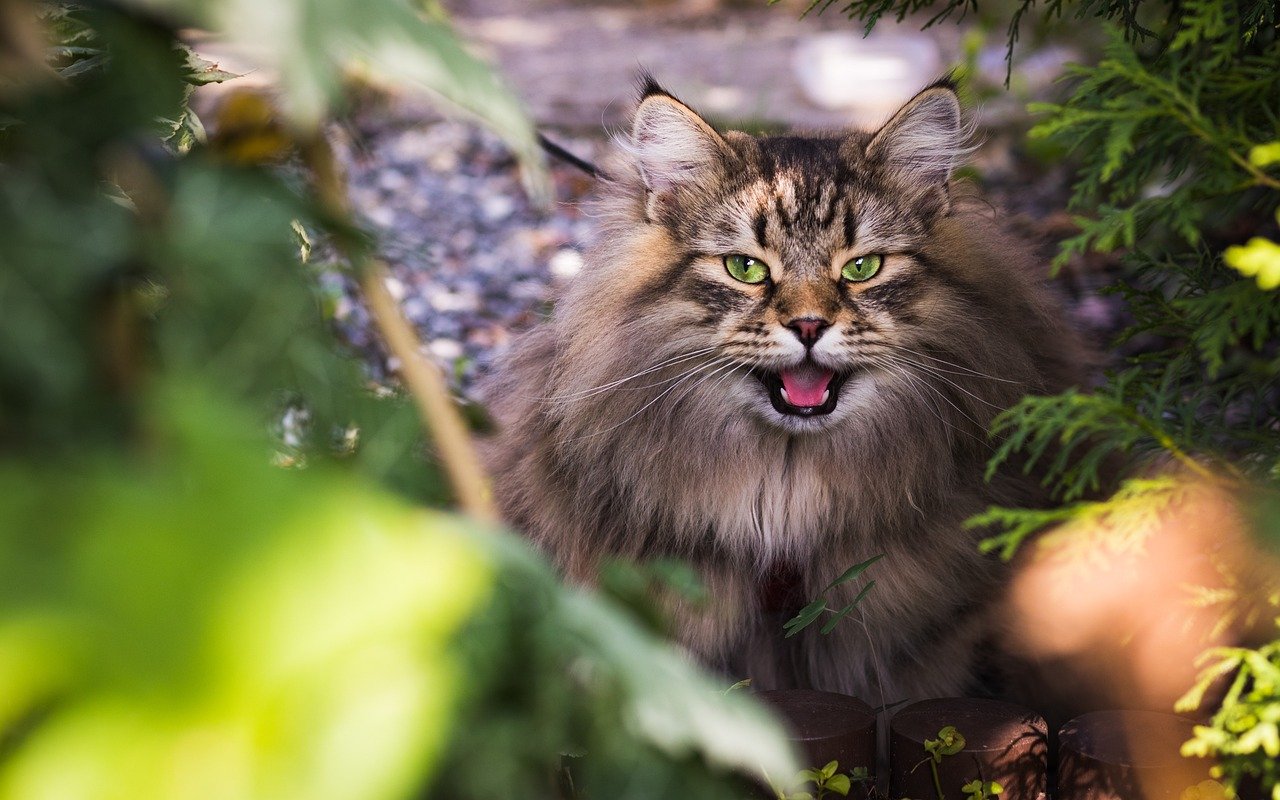
Cats rely heavily on their sense of smell. One way to help them adjust to a new family member is through scent familiarization. Allow your cat to explore items that carry the new member’s scent, such as clothes or toys. This helps them become accustomed to the new presence in a non-threatening manner. It’s like introducing them to the concept of the new family member before they meet face-to-face.
Promoting Positive Associations
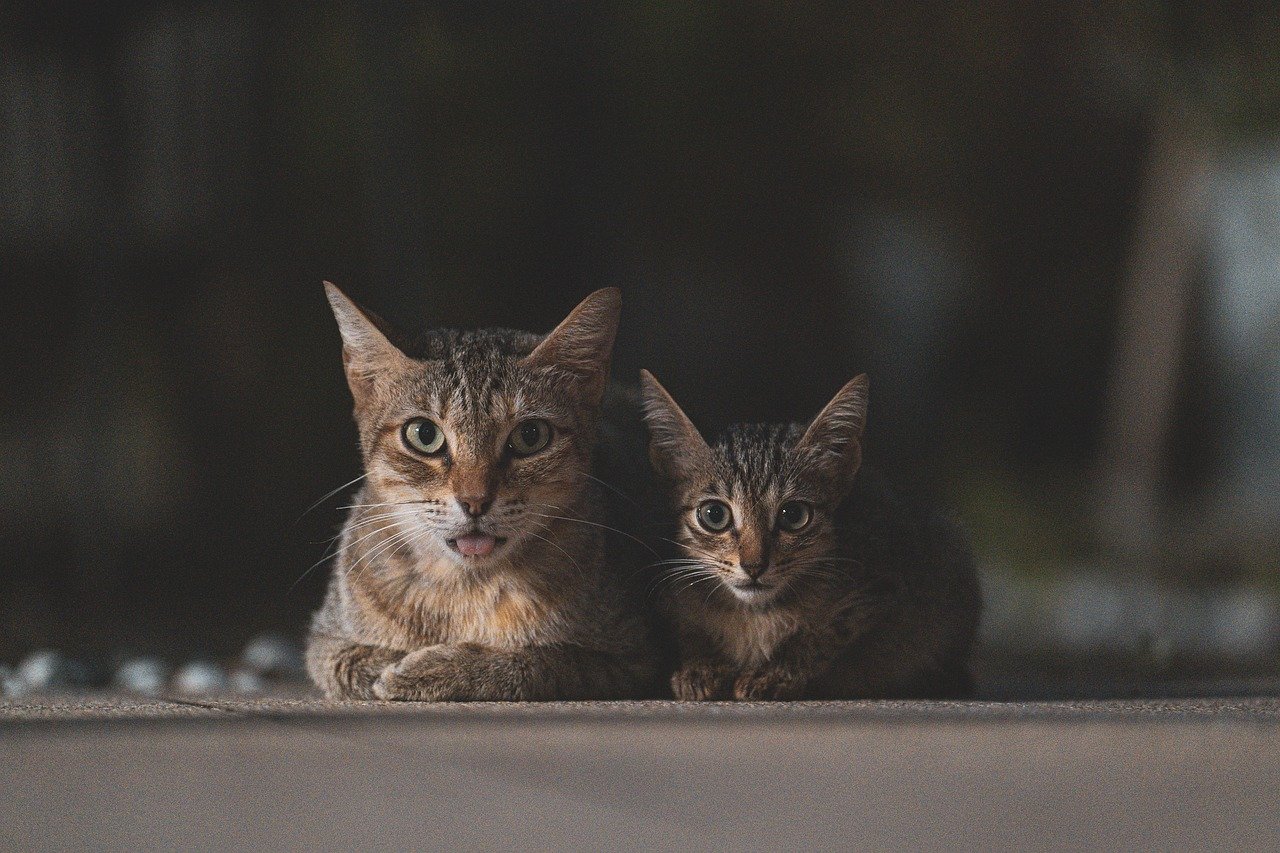
Encouraging positive associations between your cat and the new family member can greatly ease the transition. You can do this by associating the new presence with treats, play, or affection. Whenever the new member is around, shower your cat with positive attention. Over time, your cat will begin to associate the new family member with good things, reducing any feelings of threat or anxiety.
Encouraging Exploration
Allow your cat the freedom to explore the new family member’s space at their own pace. This exploration can help satisfy their curiosity and reduce anxiety. Ensure that this is done under supervision to prevent any accidents or negative interactions. Think of it like giving them an open invitation to discover and understand the change on their own terms.
Communicating Calmness
Cats are incredibly intuitive and can pick up on your emotions. If you’re calm and relaxed about the new family member, your cat is more likely to mirror this behavior. Use a soothing tone of voice and gentle gestures to convey a sense of tranquility. Your calm demeanor can serve as a reassurance to your cat that everything is okay.
Building a Routine with the New Member

Integrating the new family member into your cat’s routine can foster acceptance. Whether it’s including the new pet in playtime or having the baby present during feeding sessions, finding ways to incorporate the new member into existing routines can help. This approach helps your cat view the new presence as part of their daily life, rather than an intrusion.
Encouraging Independence
Allowing your cat some independence in their interactions with the new family member can empower them. Let them decide when and how they want to interact. This autonomy can reduce feelings of being overwhelmed and promote a sense of control in their environment. Think of it as giving them the reins to navigate their new world on their own terms.
Utilizing Calming Aids

If your cat is particularly anxious, consider using calming aids. Products like pheromone diffusers or calming sprays can create a soothing environment. These aids mimic natural calming signals, helping to reduce stress and promote relaxation. While not a cure-all, they can be a valuable tool in easing the transition for your feline friend.
Celebrating Small Victories
Recognize and celebrate small victories along the way. Whether it’s your cat approaching the new member without fear or interacting positively, these milestones are worth acknowledging. Celebrating these moments reinforces positive behavior and encourages continued progress. It’s a reminder that, step by step, your cat is adapting to their new family dynamic.
Conclusion
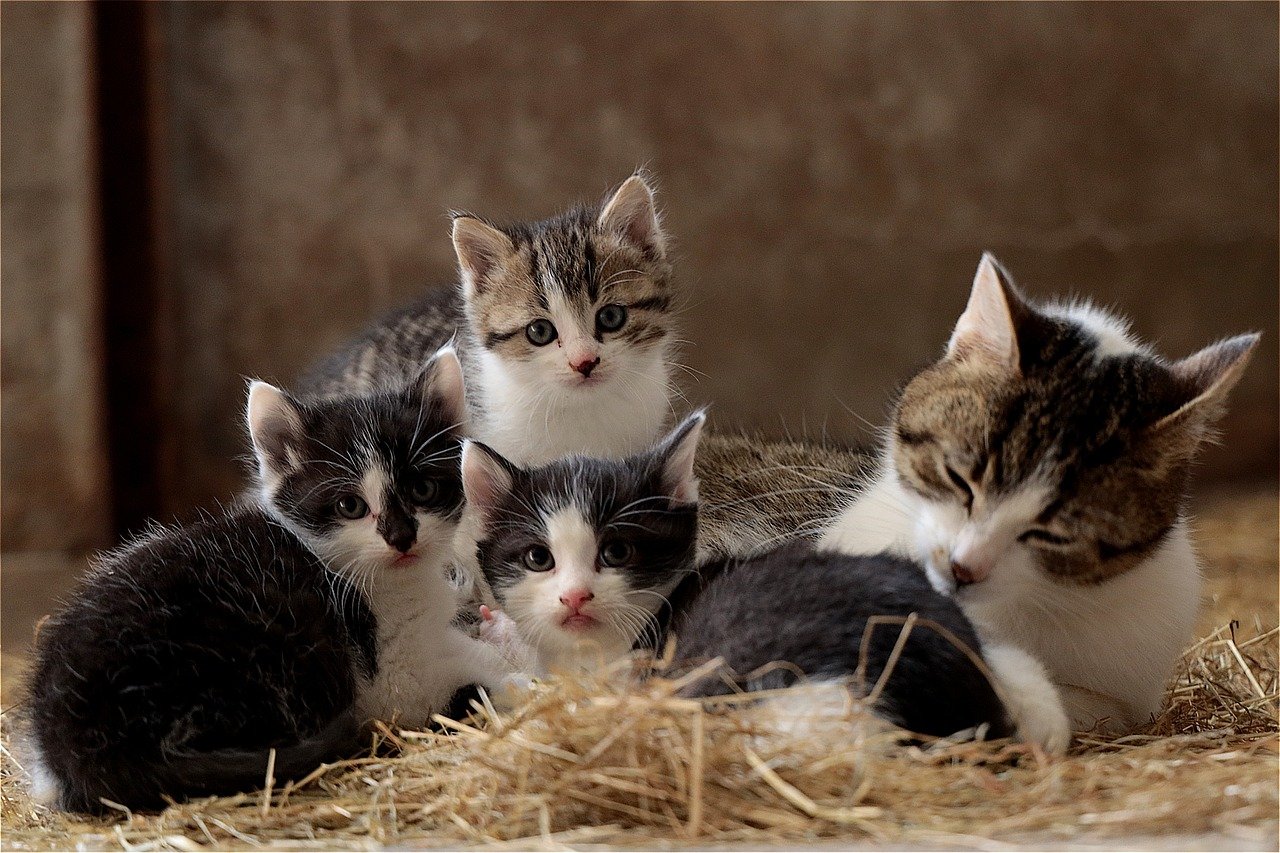
Helping your cat adjust to a new family member is a journey that requires patience, understanding, and love. By taking the time to understand their perspective, creating a safe environment, and implementing gradual introductions, you’re setting the stage for a harmonious transition. Every cat is unique, and their path to acceptance may differ, but with consistent effort and empathy, your feline friend can embrace the change and find comfort in their newly expanded family.
Hi, I’m Bola, a passionate writer and creative strategist with a knack for crafting compelling content that educates, inspires, and connects. Over the years, I’ve honed my skills across various writing fields, including content creation, copywriting, online course development, and video scriptwriting.
When I’m not at my desk, you’ll find me exploring new ideas, reading books, or brainstorming creative ways to solve challenges. I believe that words have the power to transform, and I’m here to help you leverage that power for success.
Thanks for stopping by, Keep coming to this website to checkout new articles form me. You’d always love it!






